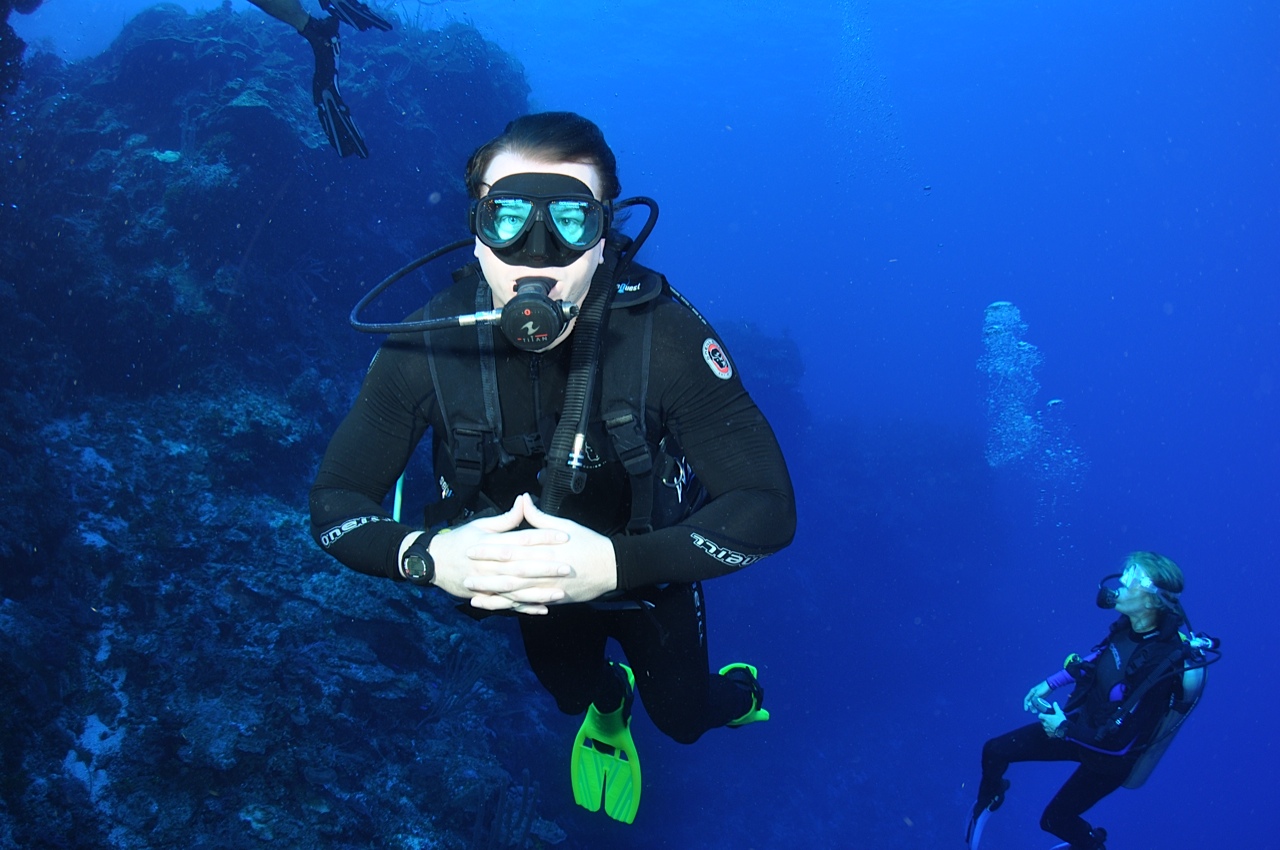cURL and the Cloudinary API
I was looking for a way to check Exif data on images I had uploaded to Cloudinary without having to write code. Turns out that cURL works perfectly here. You can add whatever bits to the end of the request string that suite your needs. I was looking for Exif.
The following cURL command should return back to you a nice JSON response (after setting the correct cloud name, API key and API secret of your account of course):
Authentication is realized via Basic Authentication over secure HTTP. Your Cloudinary API Key and API Secret are used for the authentication.
I was unable to get the -d option of cURL to work correctly so instead I encased the entire request in a matching set of ' '. YMMV.

